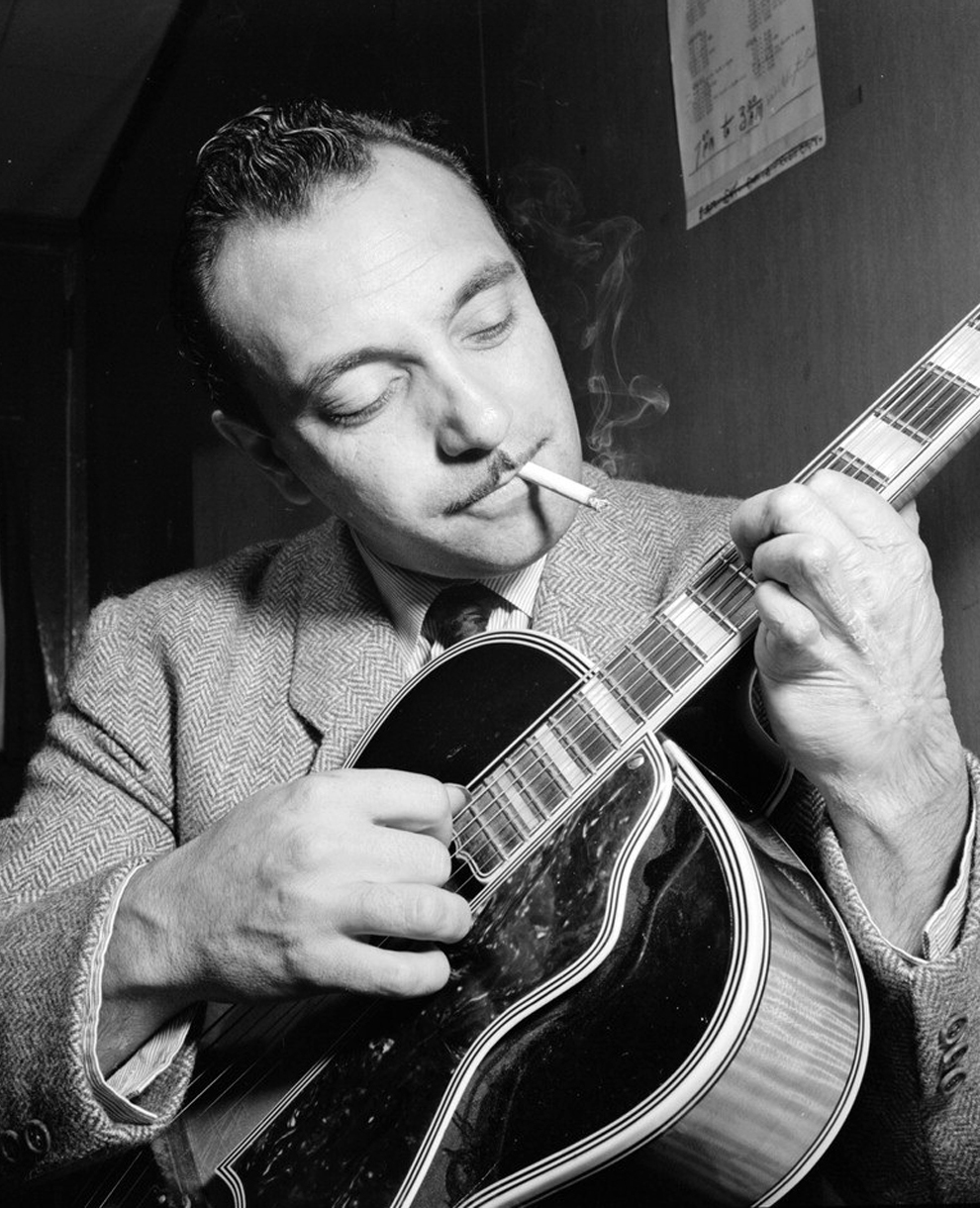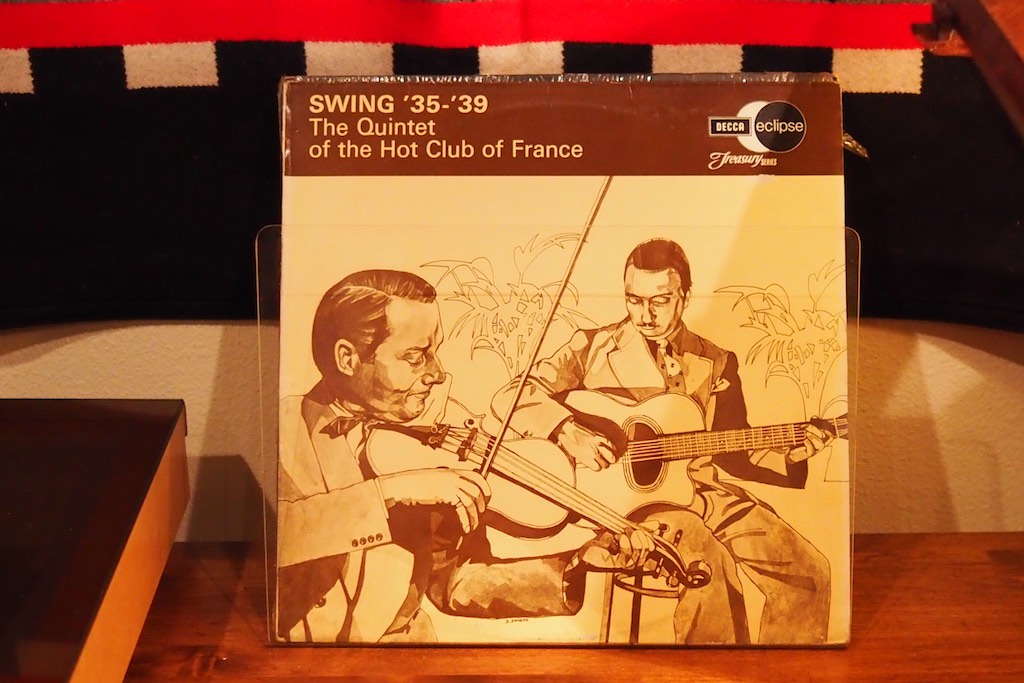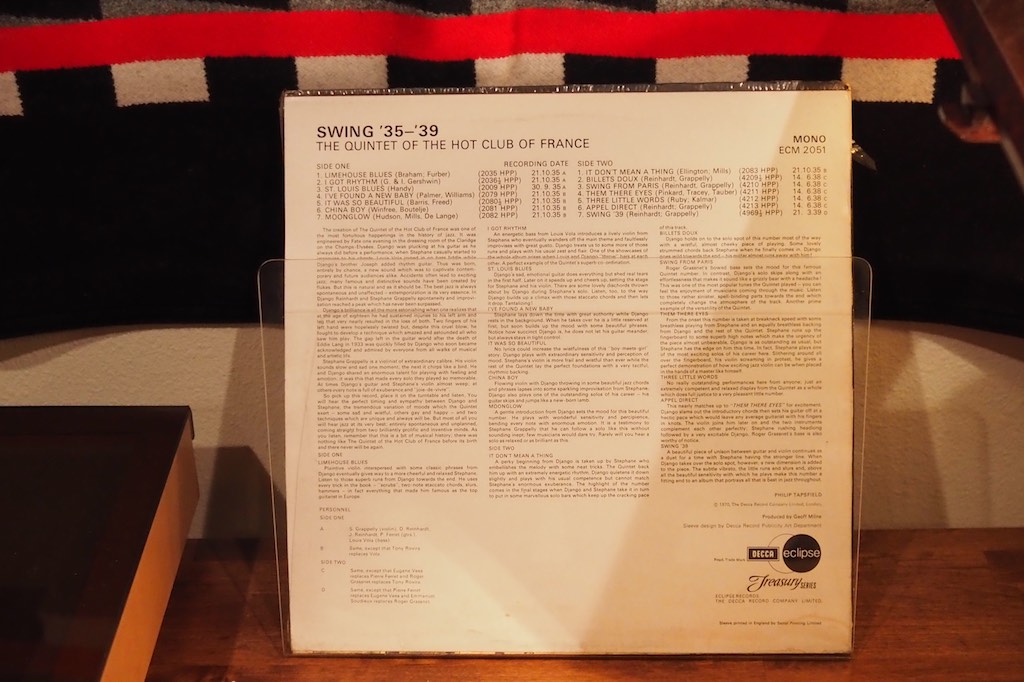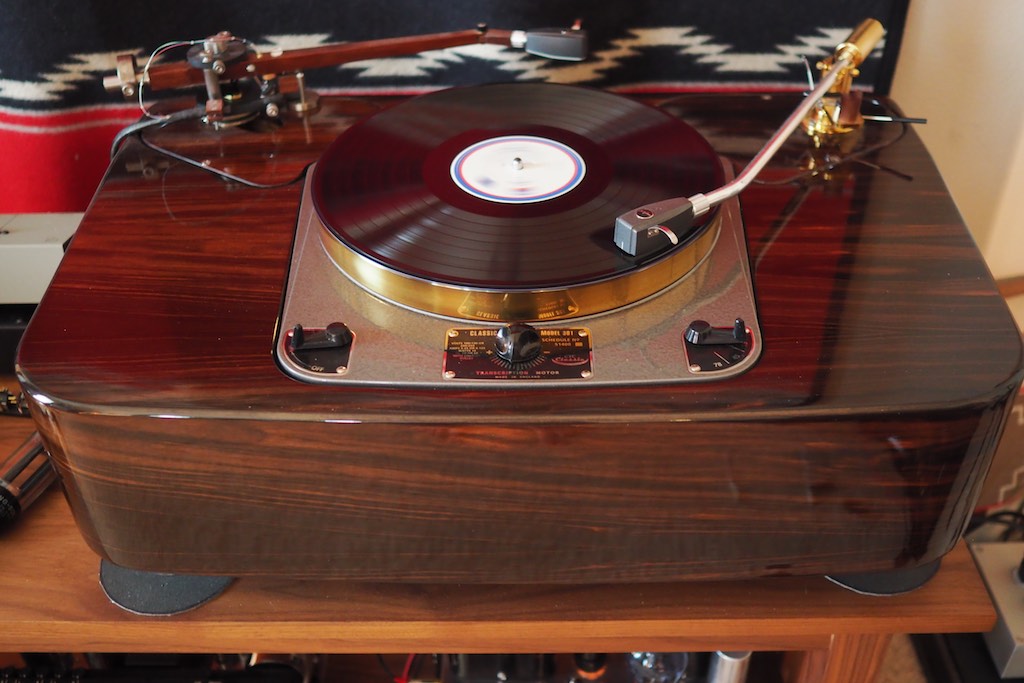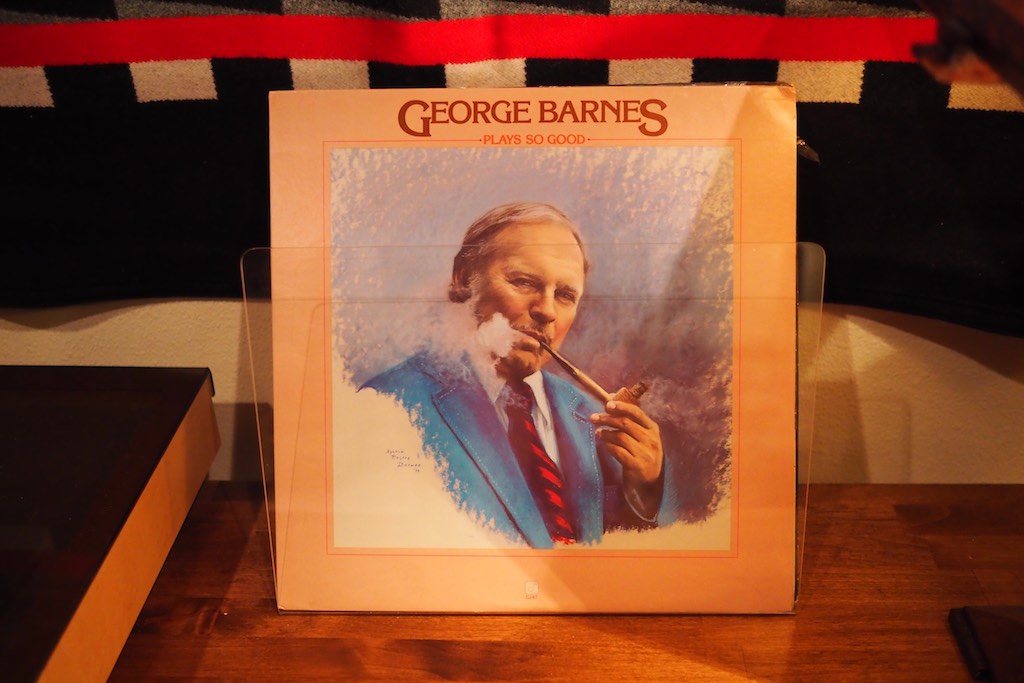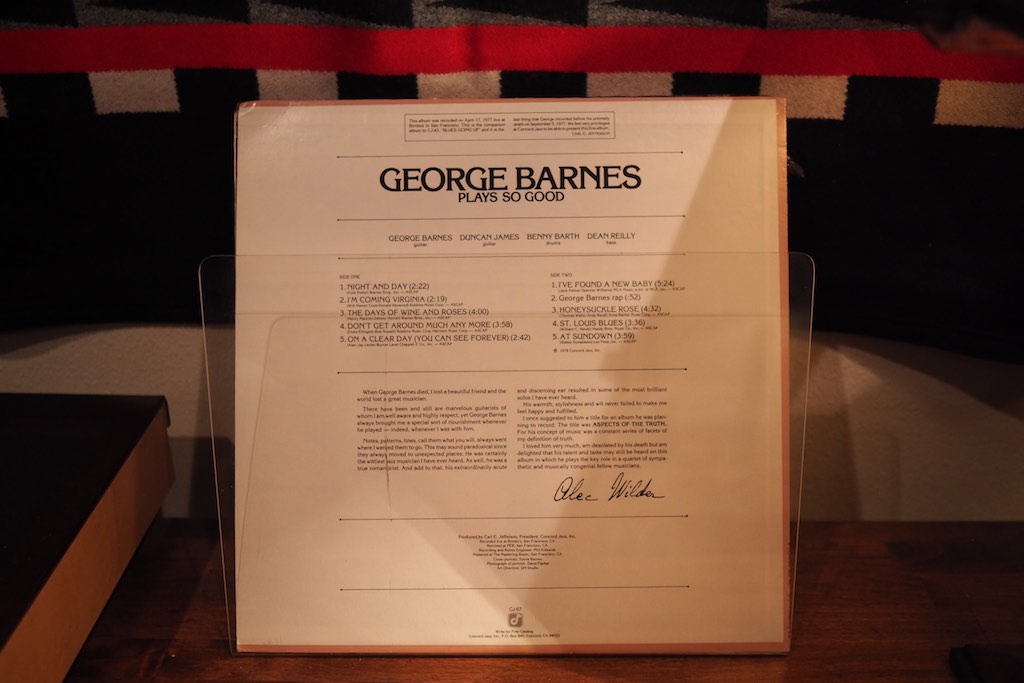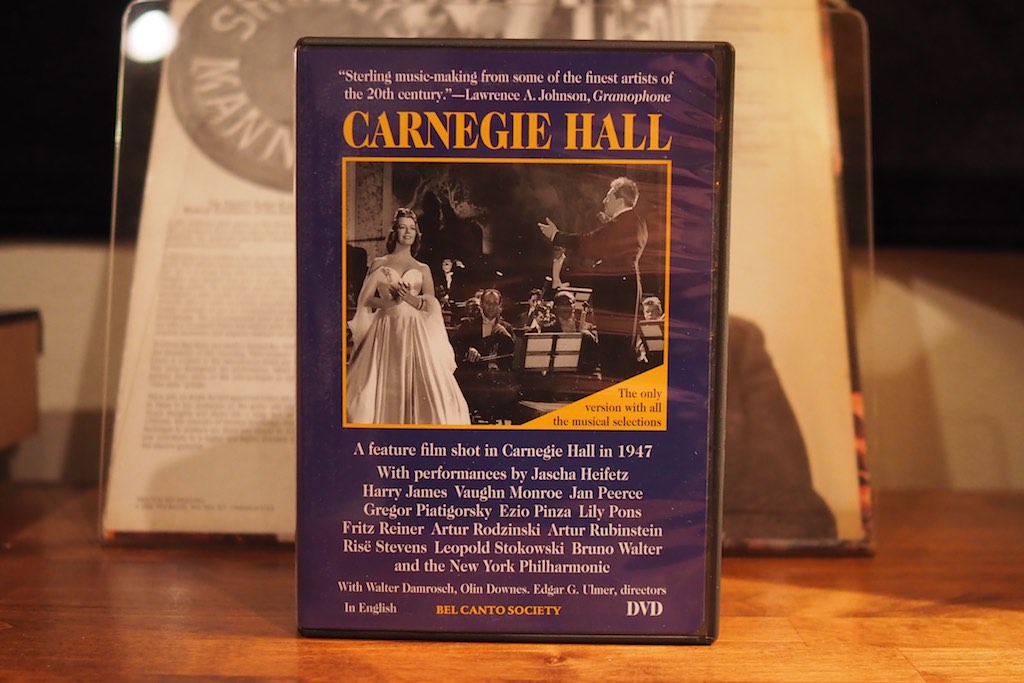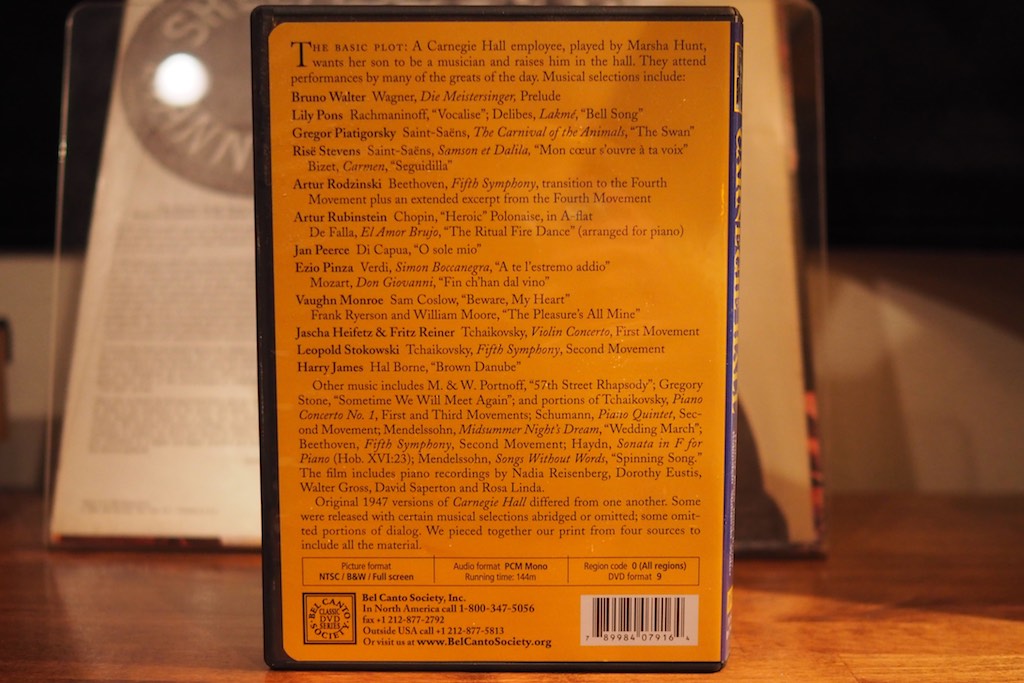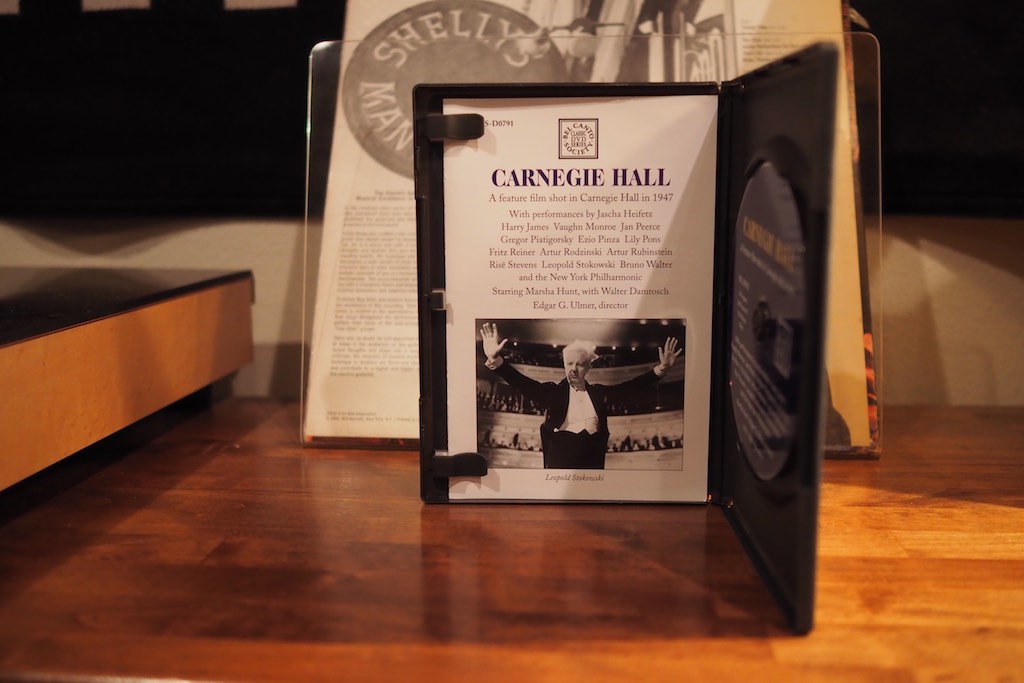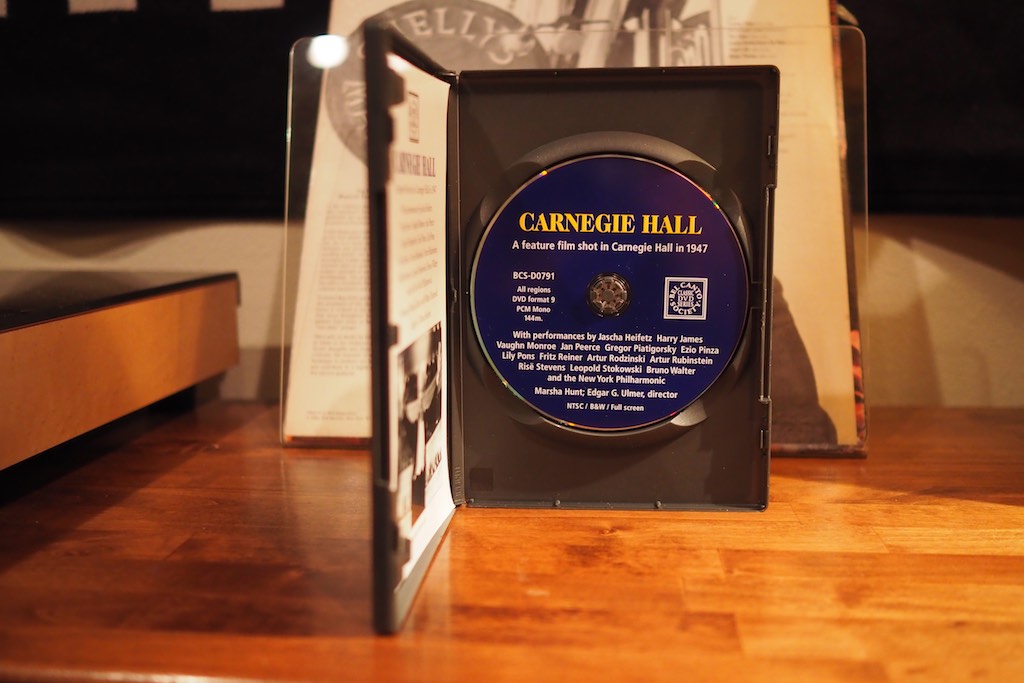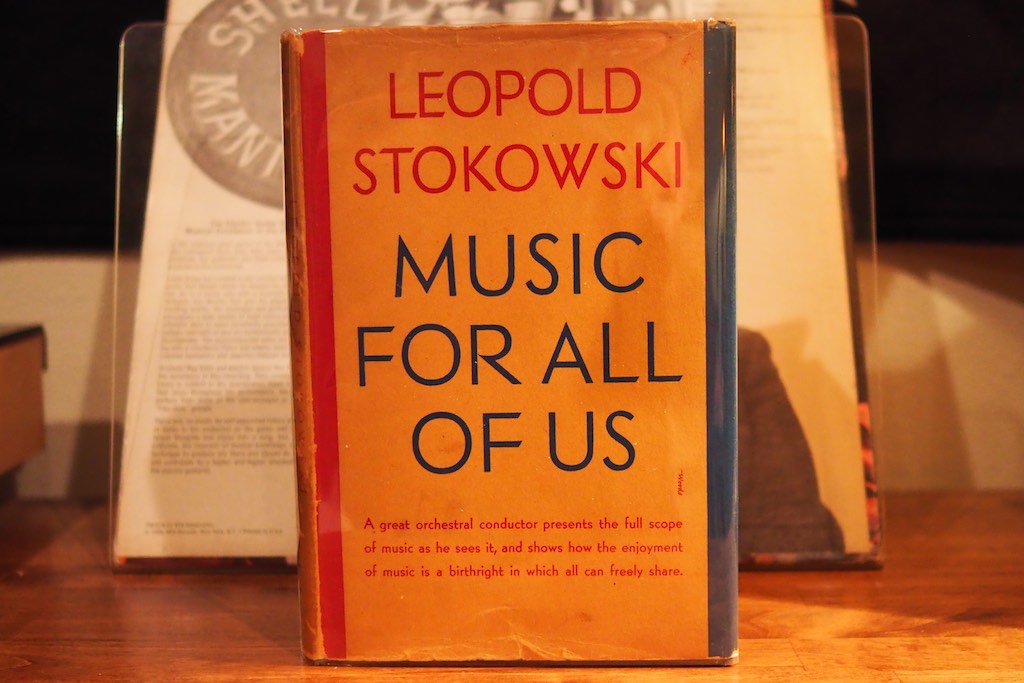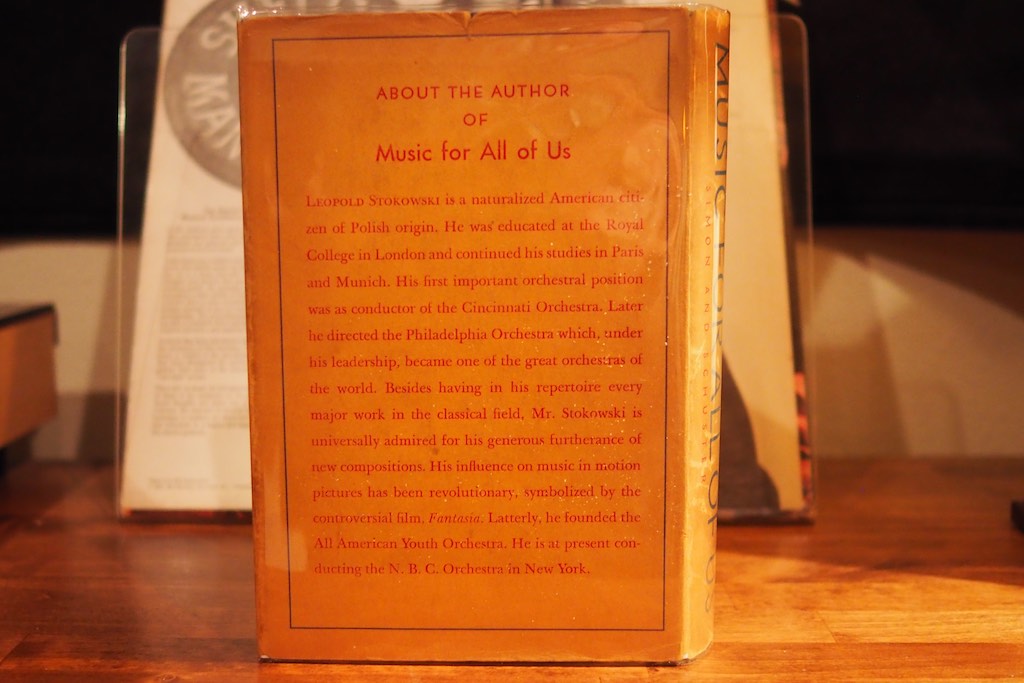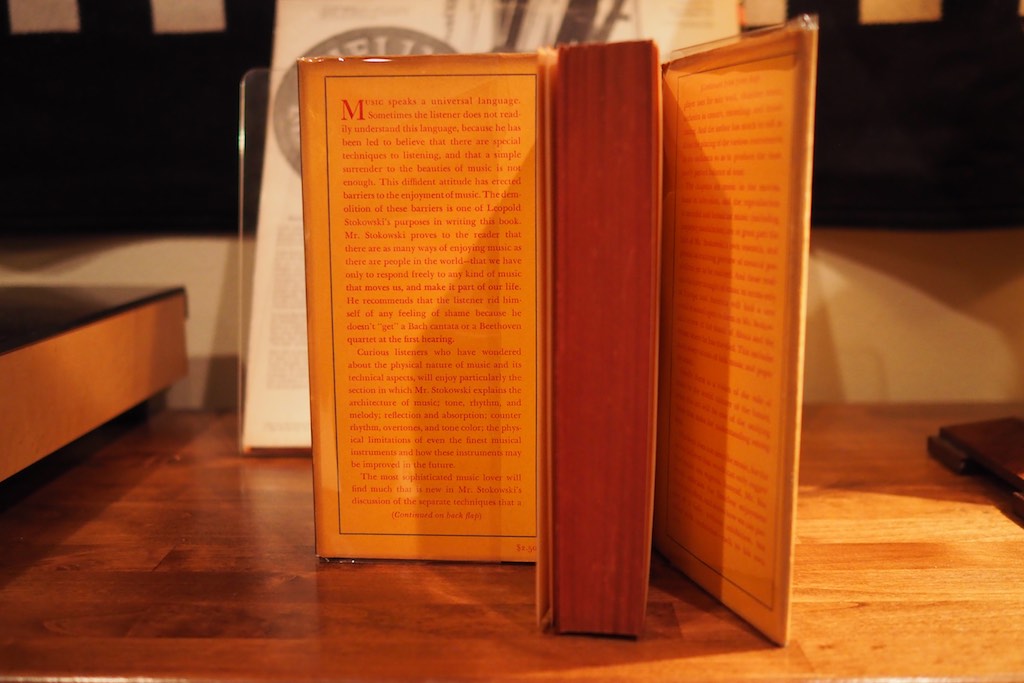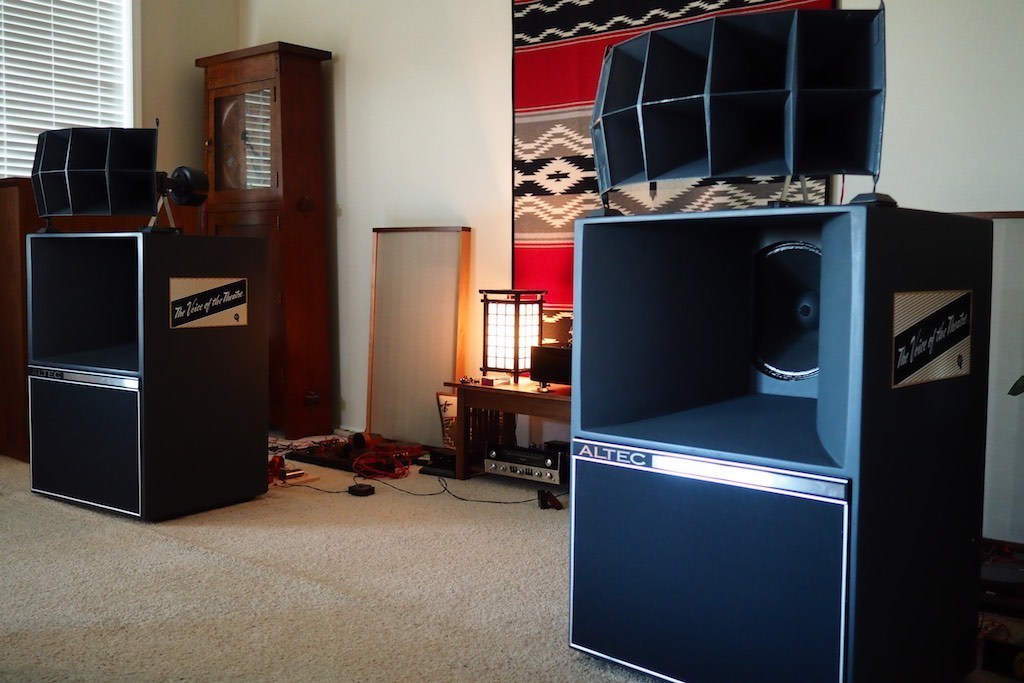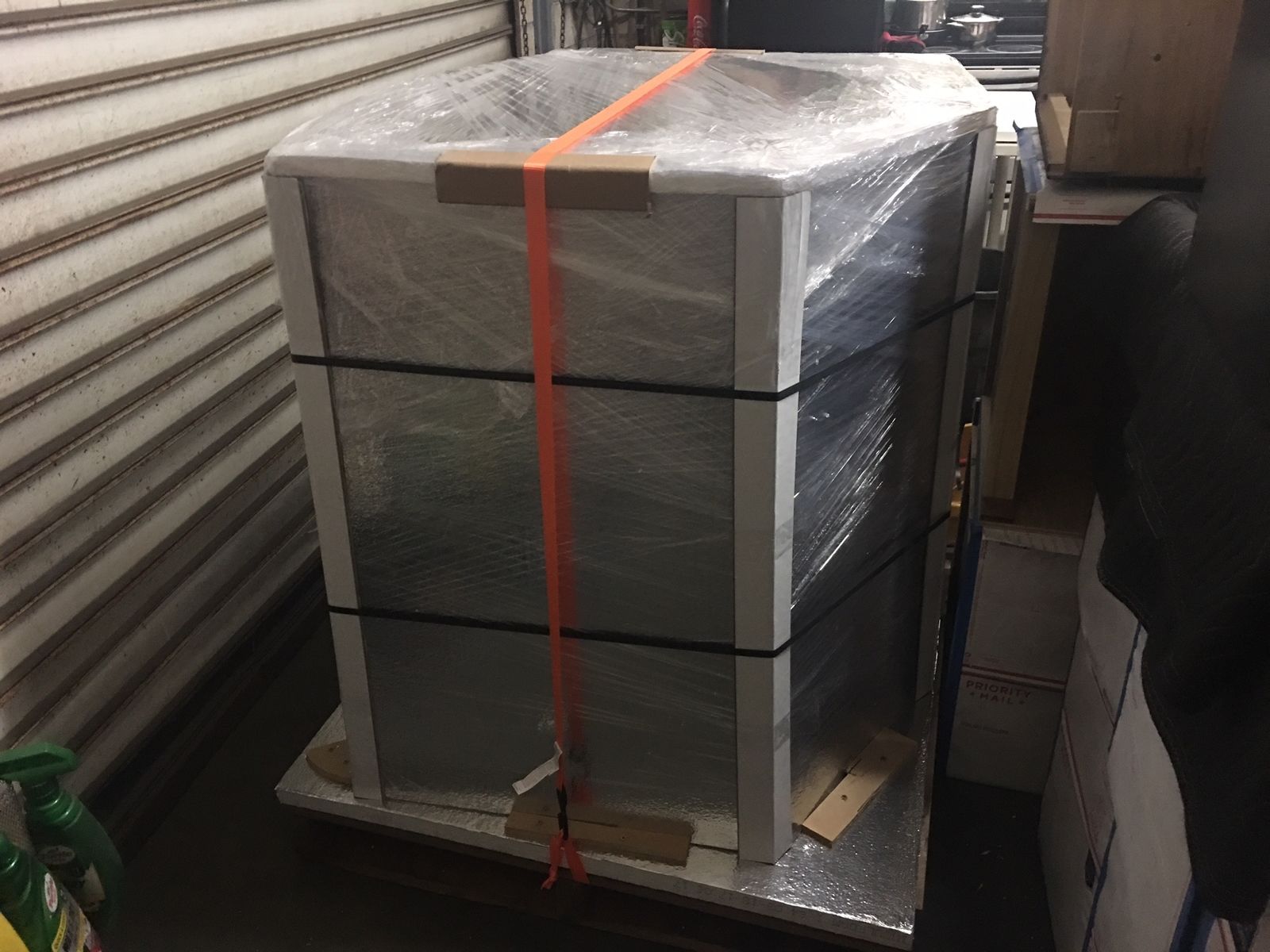Today's post was inspired by Georges Seurat's A Sunday Afternoon on the Island of La Grande Jatte, one of my favorite pointillist impressionism paintings, showing Parisians relaxing in a park on the banks of the Seine (below).
In a silly oddio variation on a theme, you get my music, film, literature, and audio impressions while I'm relaxing at the peaceful and edifying island of Jeffe's Place on a Sunday afternoon.
This Sunday I've got some great jazz albums, a delightful 1947 vintage film, an inspired book, and some really cool vintage Altec 832A Corona loudspeakers to tell you about, that are all worthy of a Sunday afternoon reverie!
Let's start with the music!
First up is some vintage Parisian jazz with Swing '35-'39, by The Quintet Of The Hot Club Of France, featuring Romani French jazz guitarist Django Reinhardt and French jazz violinist Stéphane Grappelli.
This is a mono record, so I listened to it with my Ortofon SPU Mono CG 25 Di MkII mono phono cartridge on my hot-rodded Garrard.
If you're looking for a hifi spectacular record, you won't find it here with Swing '35-'39, but you will find some spectacular and edifying seminal jazz, that makes for great Sunday afternoon listening. Highly recommended!
When I would get together with my friend and guitar teacher, John La Chapelle, he would teach me how to play jazz guitar, and we would have fun talking about music and musicians.
One of John's most famous young students was Larry Coryell, who would go on to an incredible career in music (above).
We would also talk about John's favorite jazz guitarists, one of which was American jazz guitarist, George Barnes, who it seems most people have forgotten about these days.
George Barnes was the first person to make a record on an electric guitar, in 1938, and 40 years later when Plays So Good was released Mr. Barnes was in top form.
I played back Plays So Good with my Ortofon SPU Classic GM MkII stereo phono cartridge on the Woody SPU tonearm.
This is a terrific album recorded live at Bimbos 365 Club in San Francisco, and has that excitement and interplay of musicians that comes so easily to live recordings.
If you love jazz and jazz guitar, you'll definitely want to add some George Barnes to your collection, his playing is fantastic. The recording is a very good example of a live recording with excellent natural sounding sonics.
As I mentioned in my 100 Men and a Girl post, I've been doing some background "research" on Leopold Stokowski in preparation for the upcoming Duelund & Stokowski Altec project, where we'll be building some external crossovers for my vintage Altec loudspeakers that were once owned by Mr. Stokowski, exclusively using Frederik's new Duelund Coherent Audio tinned-copper components. Exciting!
While doing my research, I came across the the 1947 feature film Carnegie Hall, that features Mr. Stokowski playing himself as central role in the movie.
This is an excellent movie that I think any music lover will enjoy.
The plot is about the life of Nora Ryan, an Irish immigrant - there's Irish immigrant heritage in my bloodline, so I could relate - who arrives in America as a child as Carnegie Hall opens in 1891.
Nora's Mom works in Carnegie Hall, and she grows up as a child around the musicians and conductors that perform there, eventually working there herself as a janitor.
Nora's life becomes intertwined with the musicians that perform in Carnegie Hall, and she eventually marries a musician who performs there.
When her husband dies in untimely accident, Nora raises her son as a single Mom working in Carnegie Hall, using it as the equivalent of a private music school for her young son.
Well I should stop there so I don't spoil the fun for you, but consider this a highly recommended movie that was recorded with vintage Western Electric recording gear.
Musical guests include Walter Damrosch (conductor), Jascha Heifetz (violinist), Harry James (trumpeter), Vaughn Monroe (band leader), Jan Peerce (vocalist), Gregor Piatigorsky (cellist), Ezio Pinza (vocalist), Lily Pons (vocalist), Fritz Reiner (conductor), Artur Rodziński (conductor), Arthur Rubinstein (pianist), Risë Stevens (vocalist), Bruno Walter (conductor), the New York Philharmonic Quintet, and of course Leopold Stokowski, who plays a brief but central role in the movie.
The next thing I want to tell you about is Leopold Stokowski's book, Music For All Of Us.
To briefly quote the back cover, "Leopold Stokowski is a naturalized American citizen of Polish origin. He was educated at the Royal College in London and continued his studies in Paris and Munich ... His influence on music in motion pictures has been revolutionary, symbolized by the controversial film, Fantasia."
Inside the front jacket it says, "Mr. Stokowski explains the architecture of music; tone, rhythm, and melody; reflection and absorption; counter rhythm, overtones, and tone color ..."
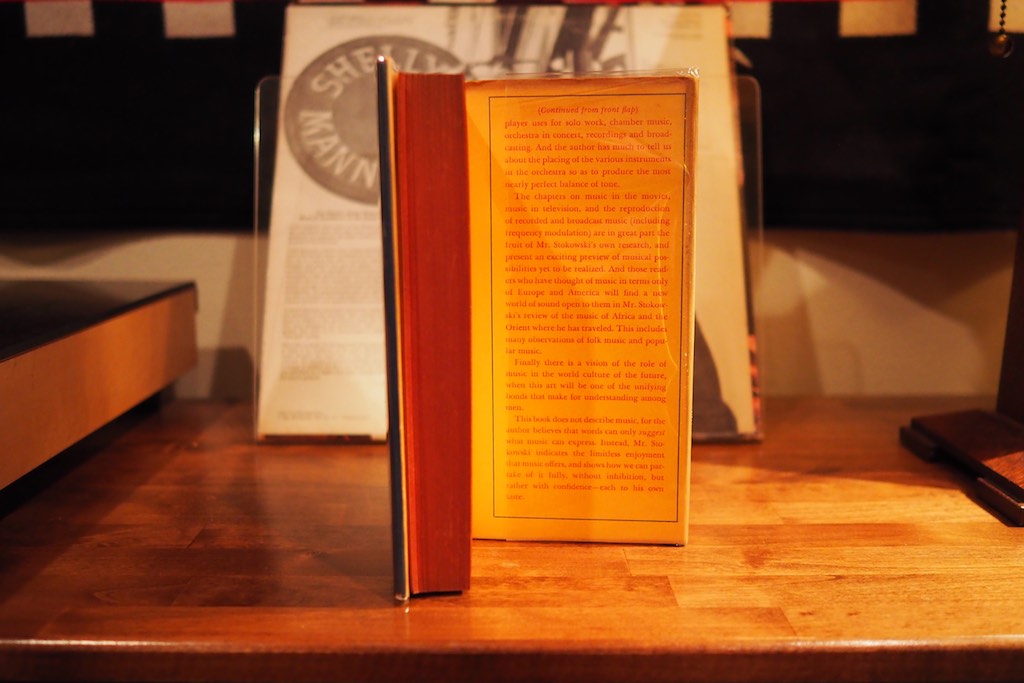
"... chapters on music in the movies, music in television, and the reproduction of recorded and broadcast music ... are in great part the fruit of Mr. Stokowski's own research ..."
Inside the back cover it says, "... chapters on music in the movies, music in television, and the reproduction of recorded and broadcast music ... are in great part the fruit of Mr. Stokowski's own research, and present an exciting preview of musical possibilities yet to be realized."
Let me just say that this book will blow your mind, and it includes depths of insight into music, recording, music for movies, and enjoying music that are extraordinary! Highly recommended!
As you know I've been having a ball with vintage Altec loudspeakers, like my professional Altec A5 Voice of the Theatre loudspeakers (above), or my Stokowski A7-like Voice of the Theatre loudspeakers (below).
The A5's are professional loudspeakers used for smaller movie theaters and auditoriums that I've adapted to home use with new crossovers, and the Stokowski A7's are an example of a professional Voice of the Theatre style of Altec loudspeaker built for Mr. Stokowski's home use.
One thing I've been wanting to explore is the vintage Altec loudspeakers that were specifically designed for home use, and how they compare to the pro-style Voice of the Theatre professional loudspeakers.
After doing a bit of research, I decided on a pair of vintage Altec 832A Corona loudspeakers that were for sale from LA Jazz Audio.
These vintage Altec Corona loudspeakers are corner horns (think Klipschorn), with 803A bass drivers (1947-1958), 802D compression drivers (1957-1972), 811B HF horns, N800E crossovers, that as I understand it were built in 1957.
Altec had the cabinets built by Glen Furniture of California to provide the home listener with stylish furniture quality loudspeakers.
When I saw this pair of vintage Altec Corona loudspeakers for sale at LA Jazz Audio, I was reminded of what Keith Aschenbrenner of Auditorium 23 told me a few years ago, that the 803A Altec driver was one of his all-time favorite low-frequency drivers.
Altec recommended the 803A drivers over the 515B low-frequency drivers like I have in my A5's for smaller venues and for home systems, as they had more presence.
The Corona's are on their way from LA Jazz Audio to me, and should be here on Thursday this coming week, if everything goes to plan.
As always, thanks for stopping by, and may the tone be with you!





